Starlit sky on a clear night / the milky way / eternity / clarity / raindrops sticking to window glass
Black stoneware clay with fine white grog, slab-built, denim satin glaze
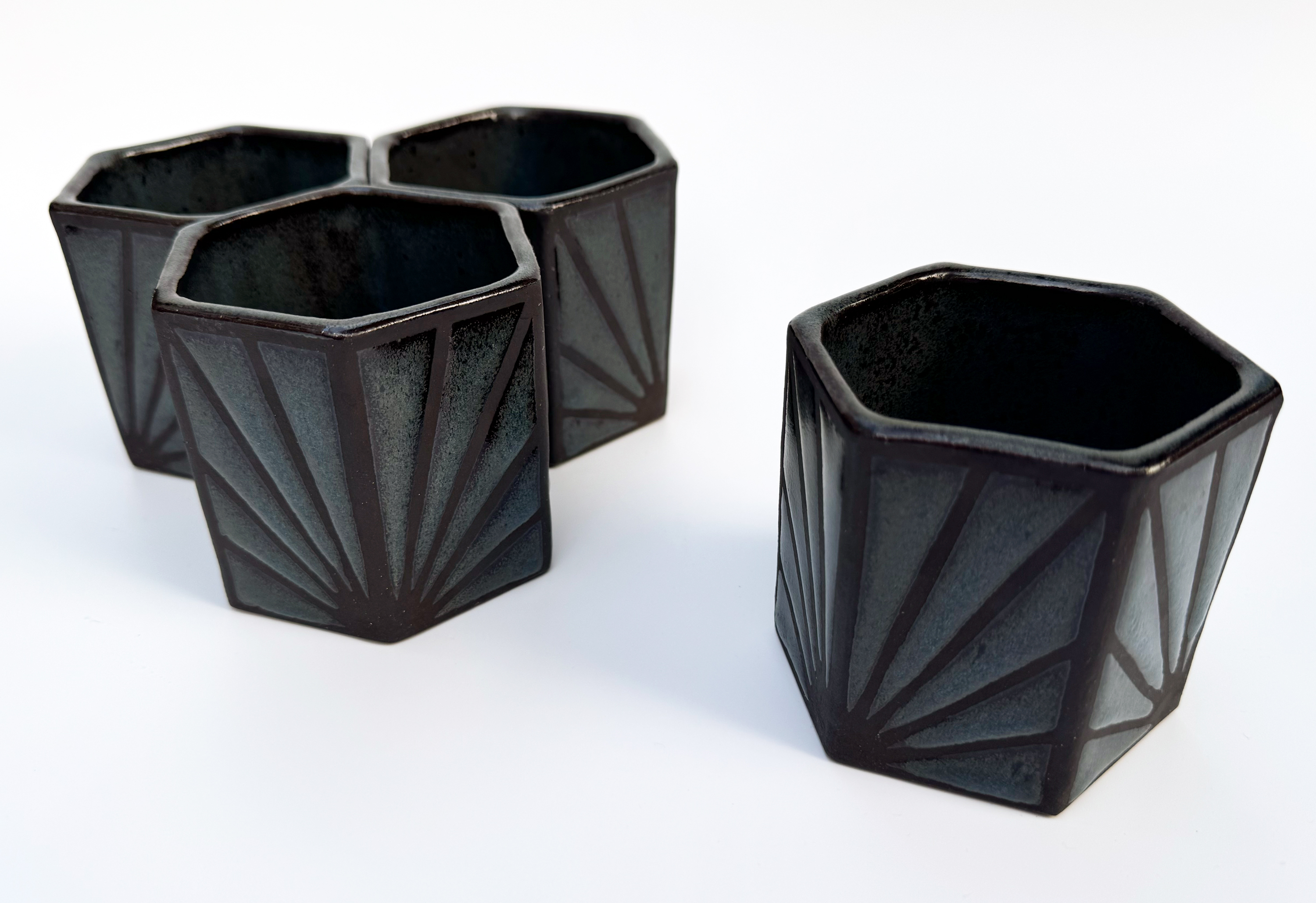
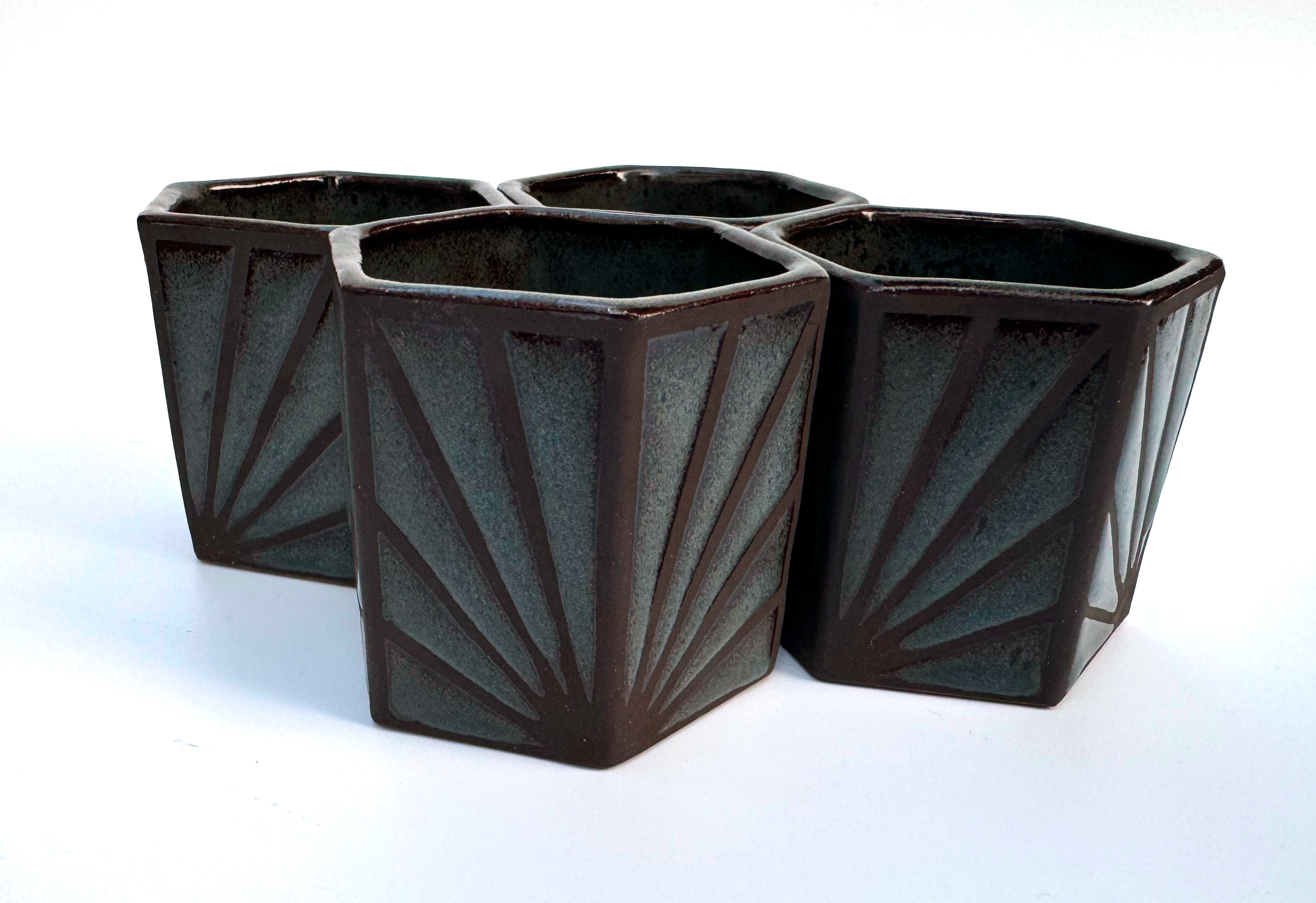
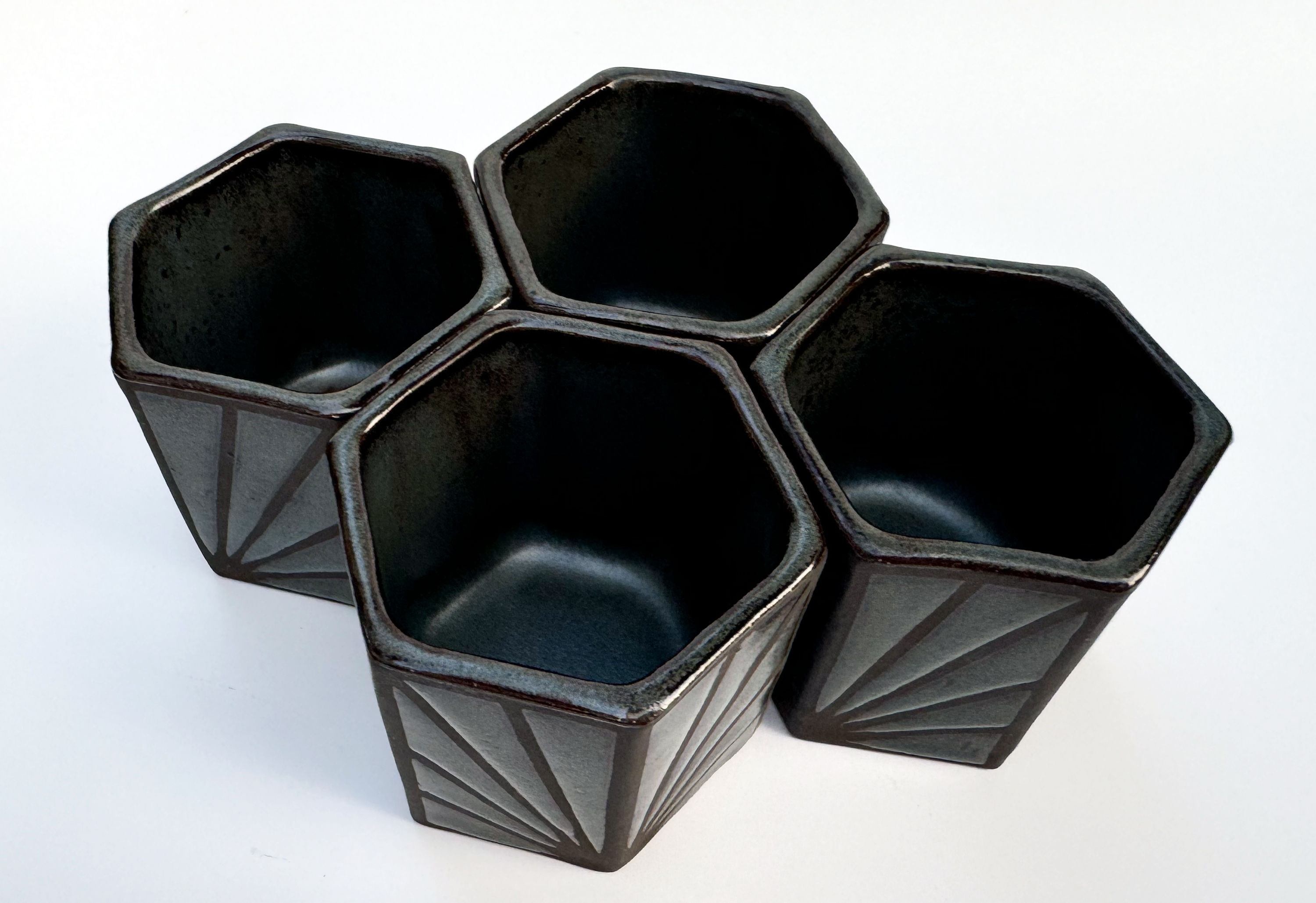
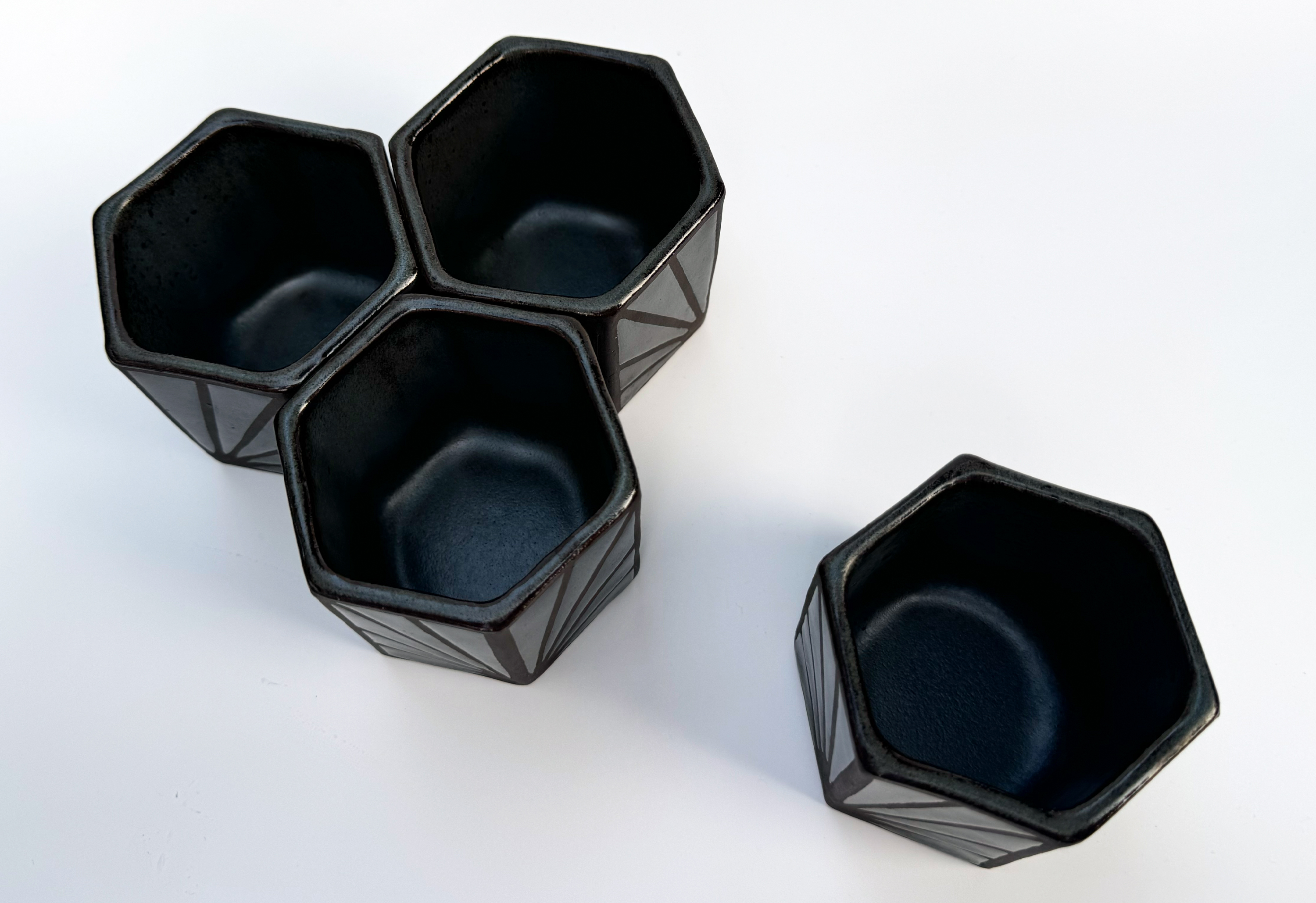
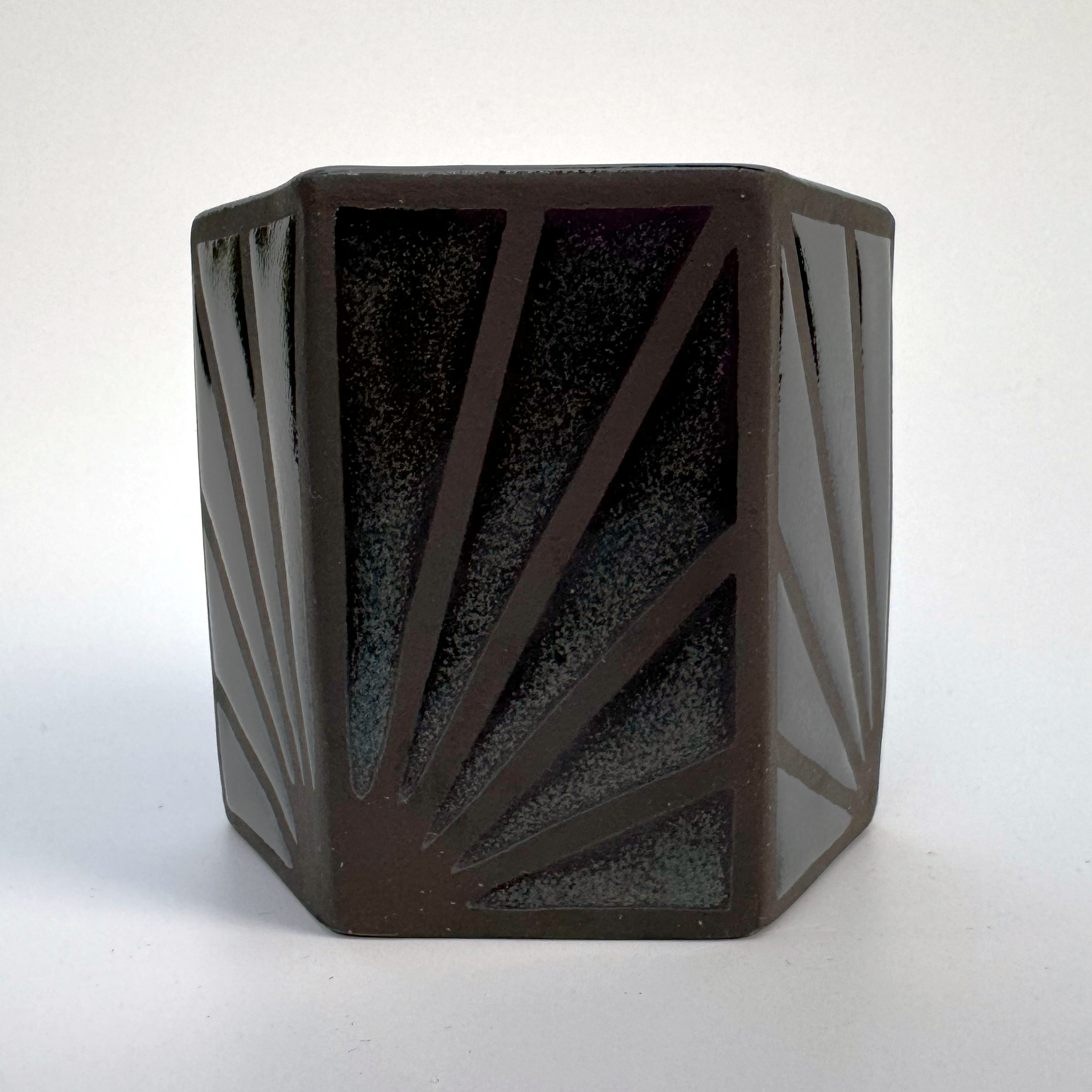
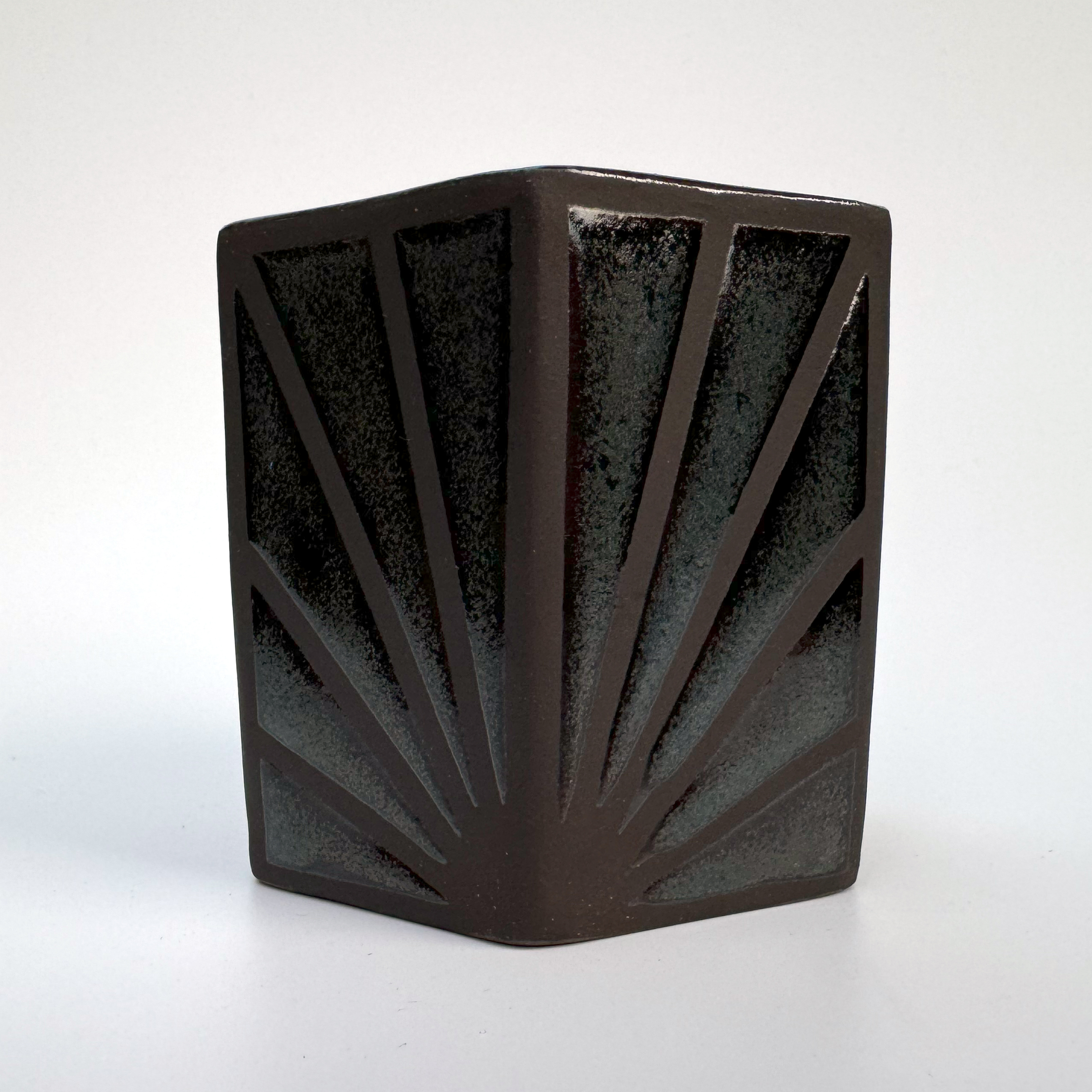
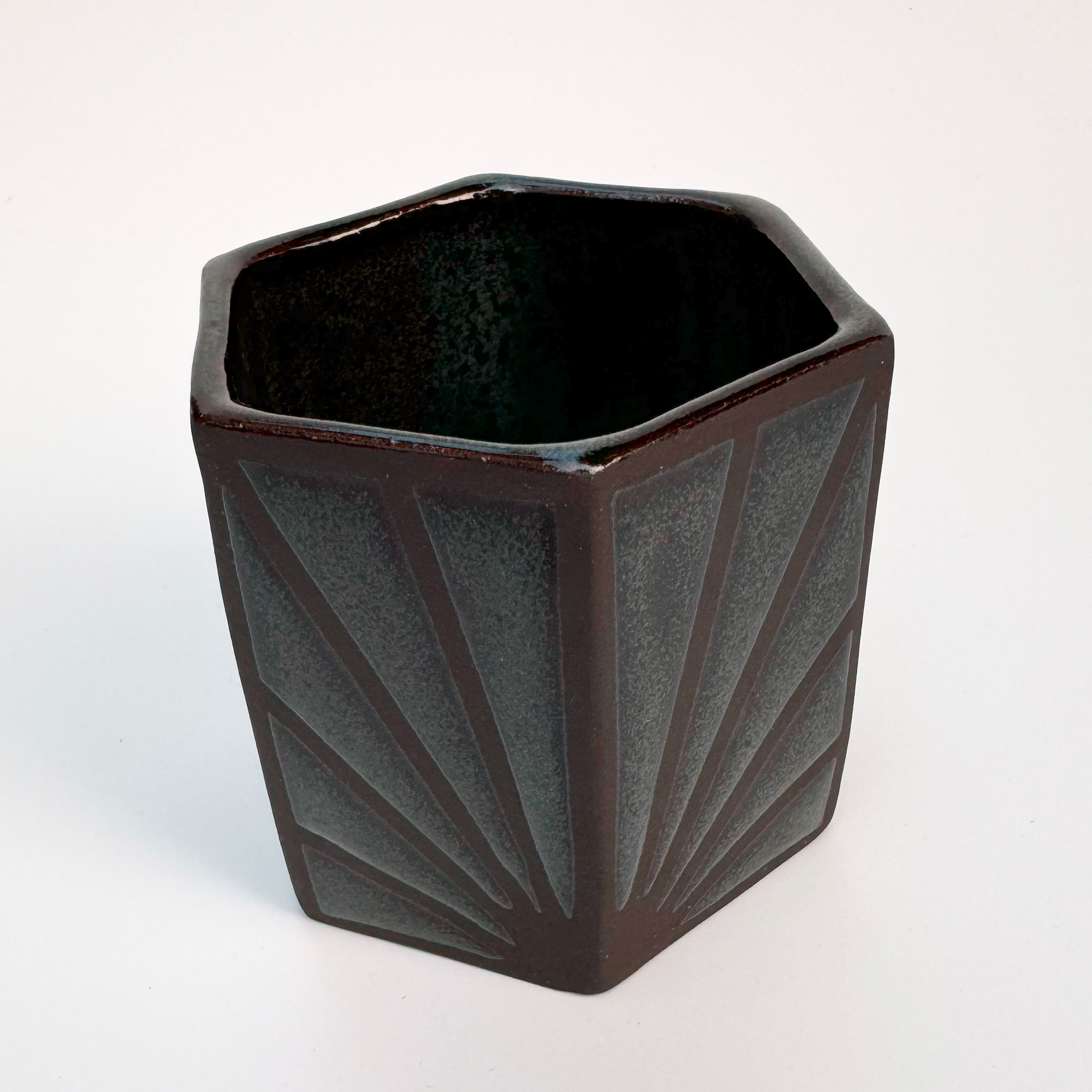
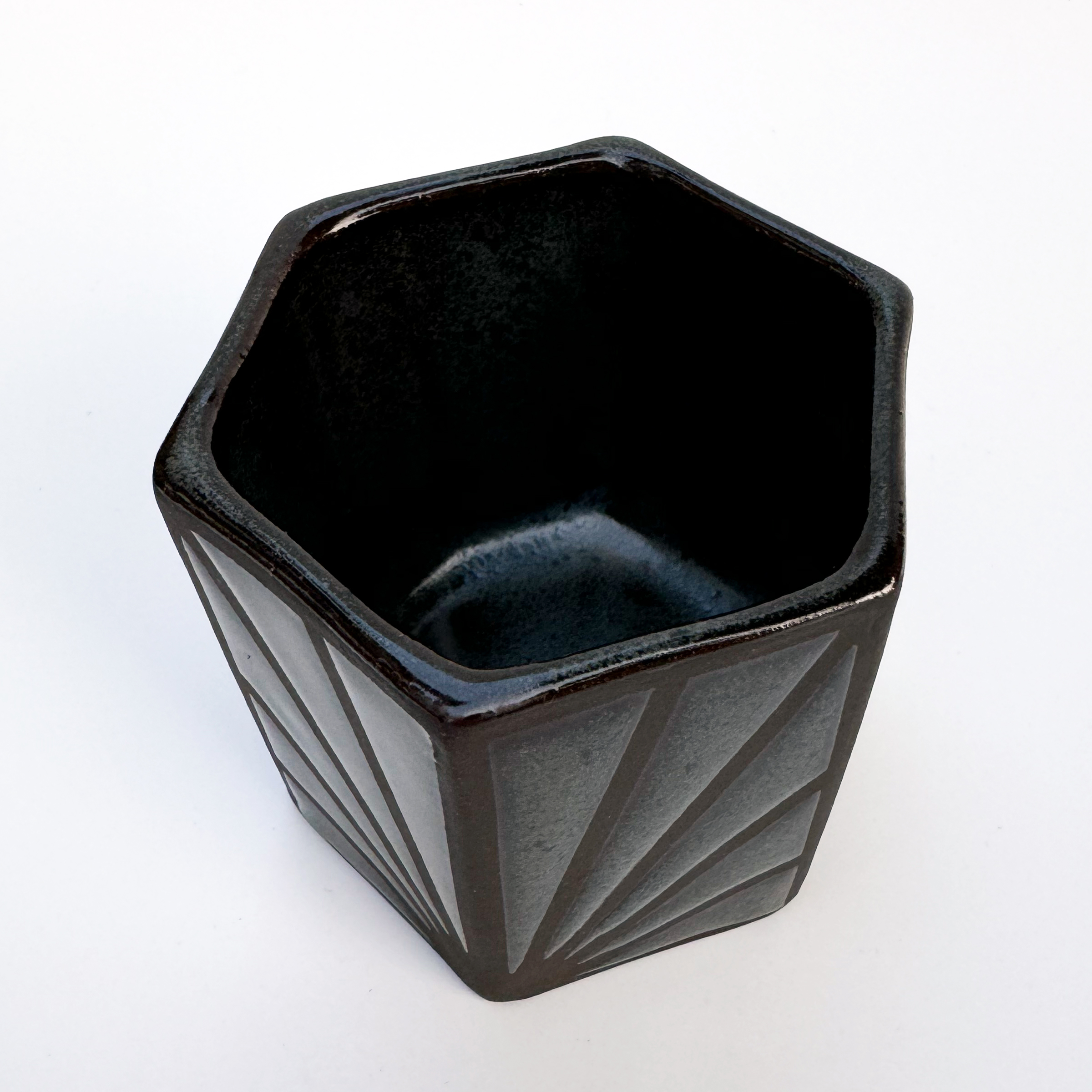
Starlit sky on a clear night / the milky way / eternity / clarity / raindrops sticking to window glass
Black stoneware clay with fine white grog, slab-built, denim satin glaze








Blue jeans / well worn leather / rows of cornflowers along a dirt path
Medium brown stoneware clay with white grog, slab-built, denim satin glaze
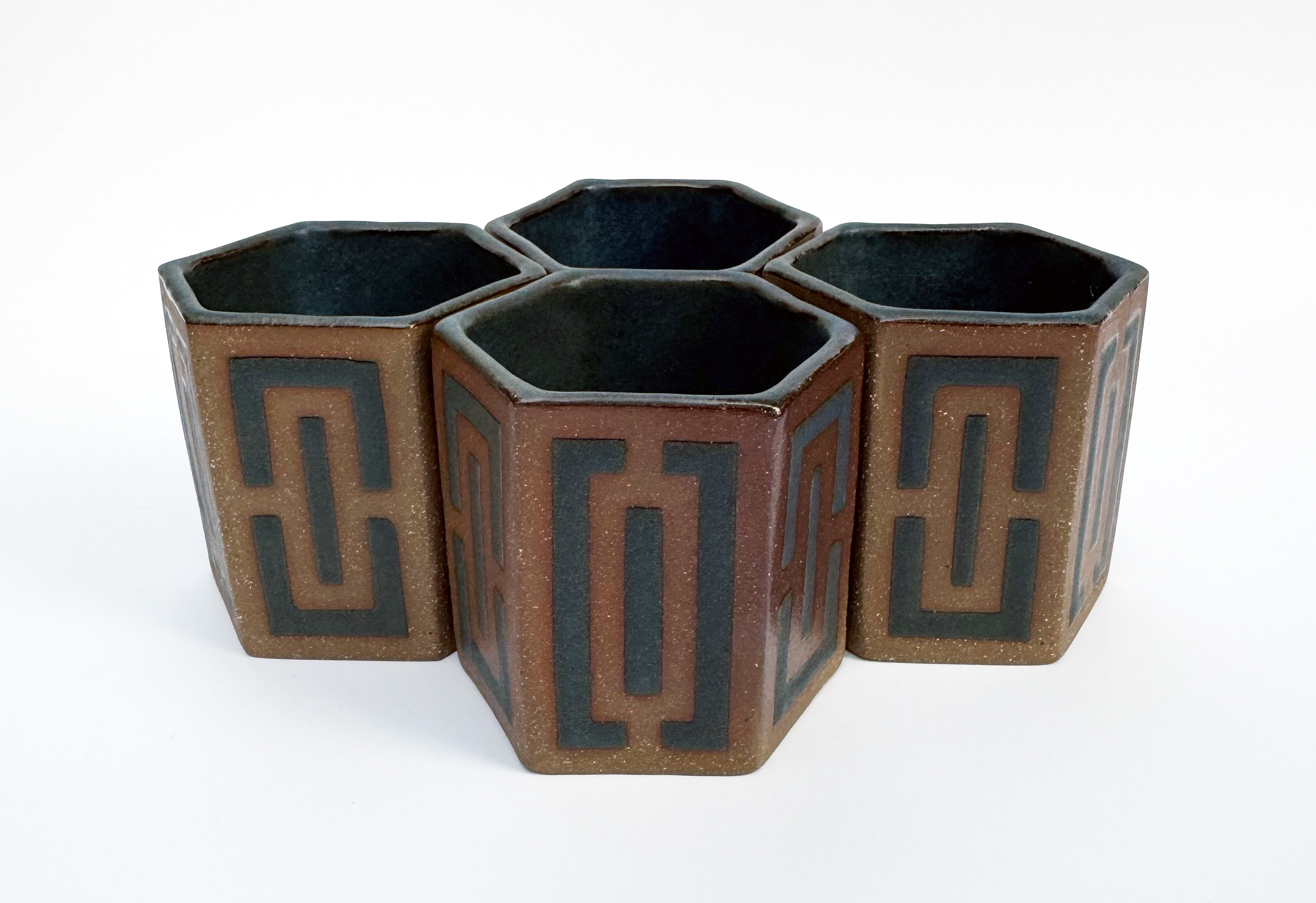
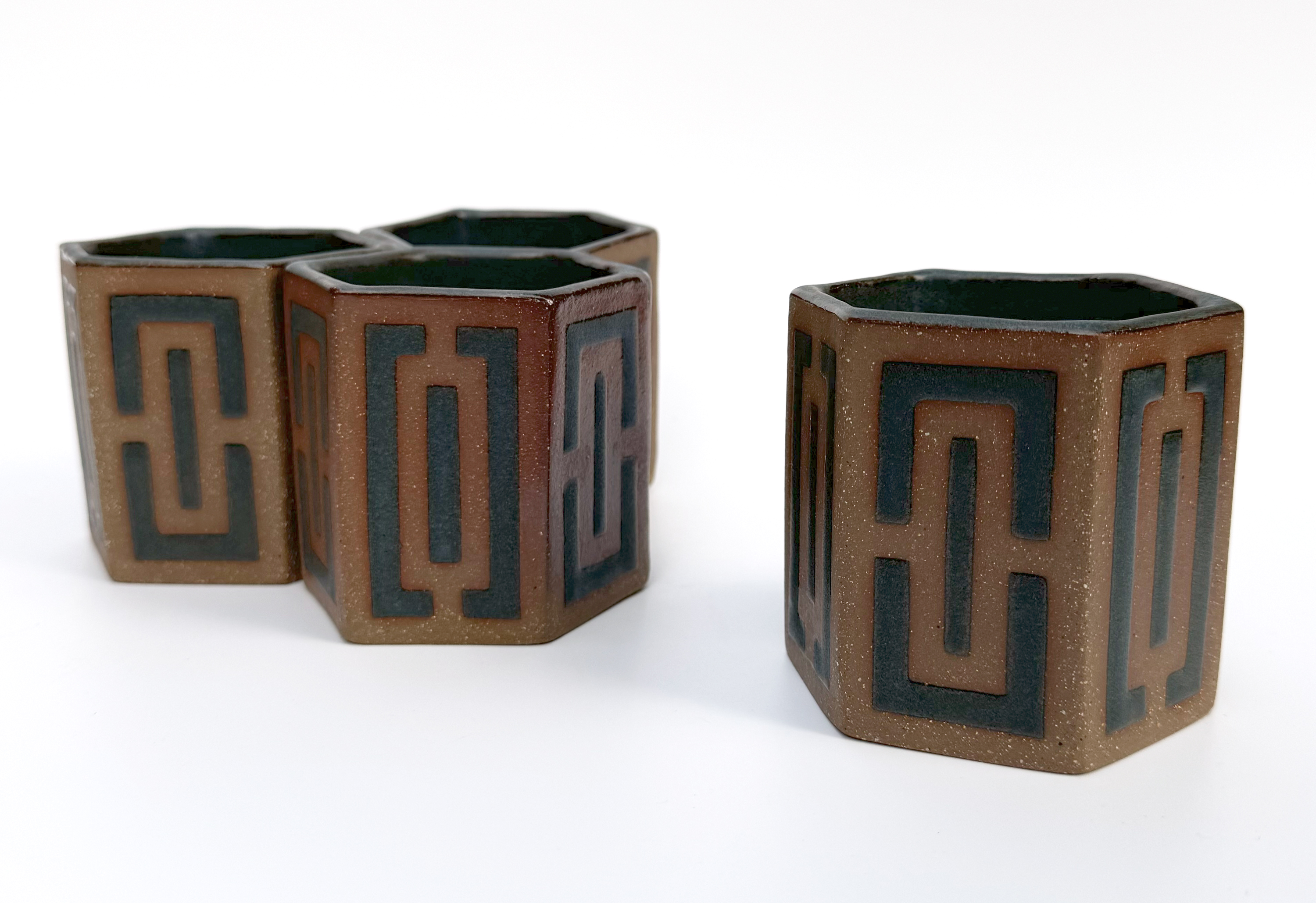
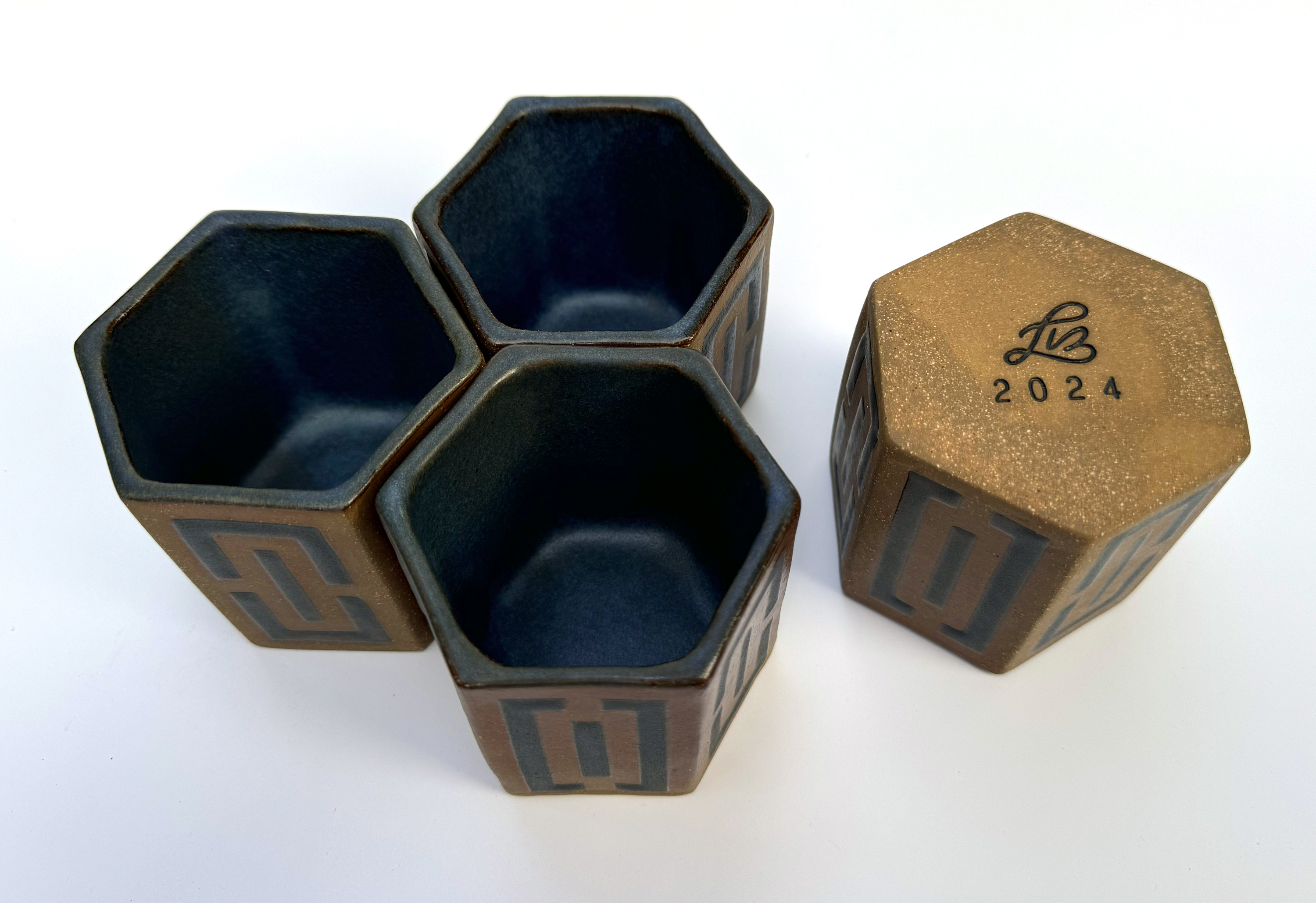
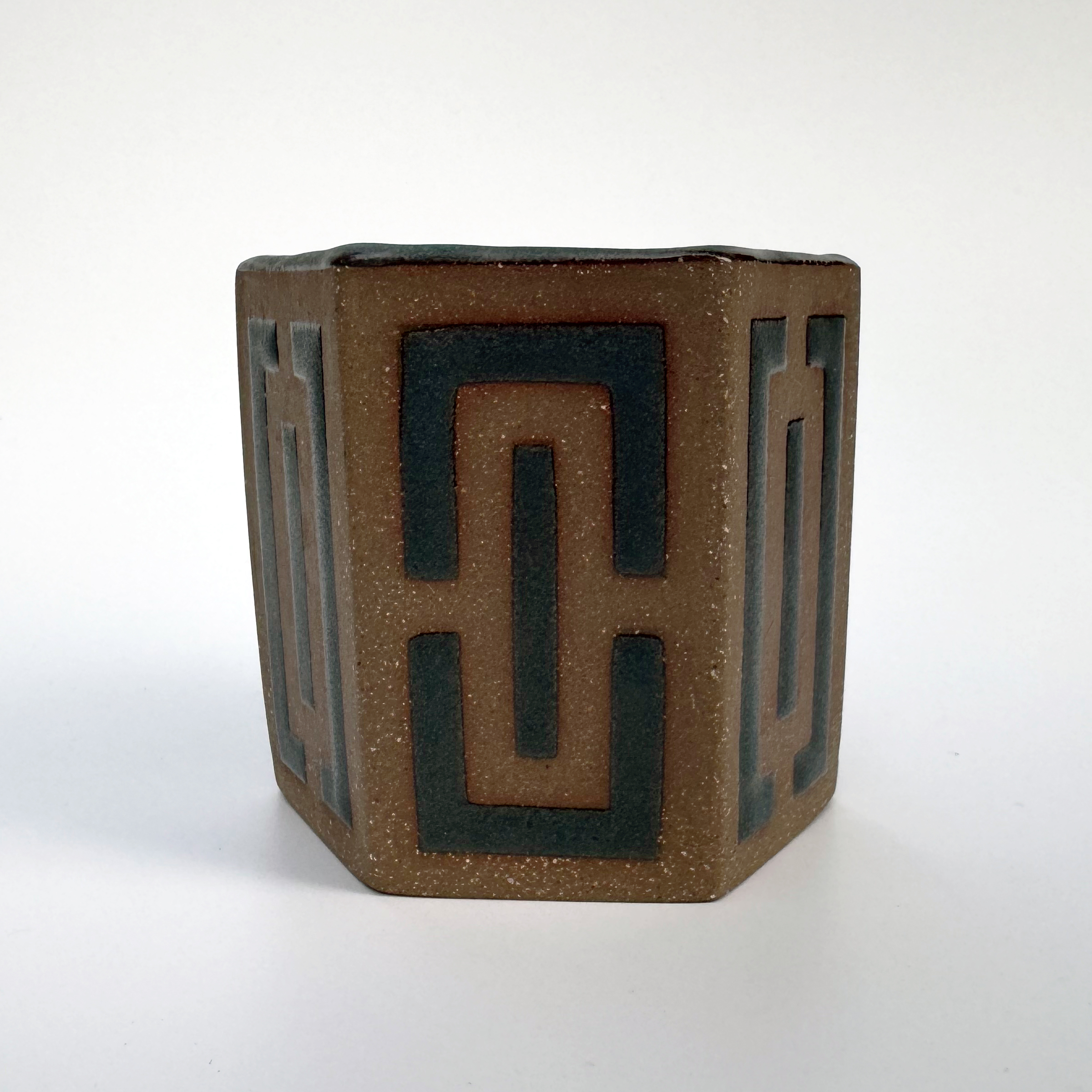
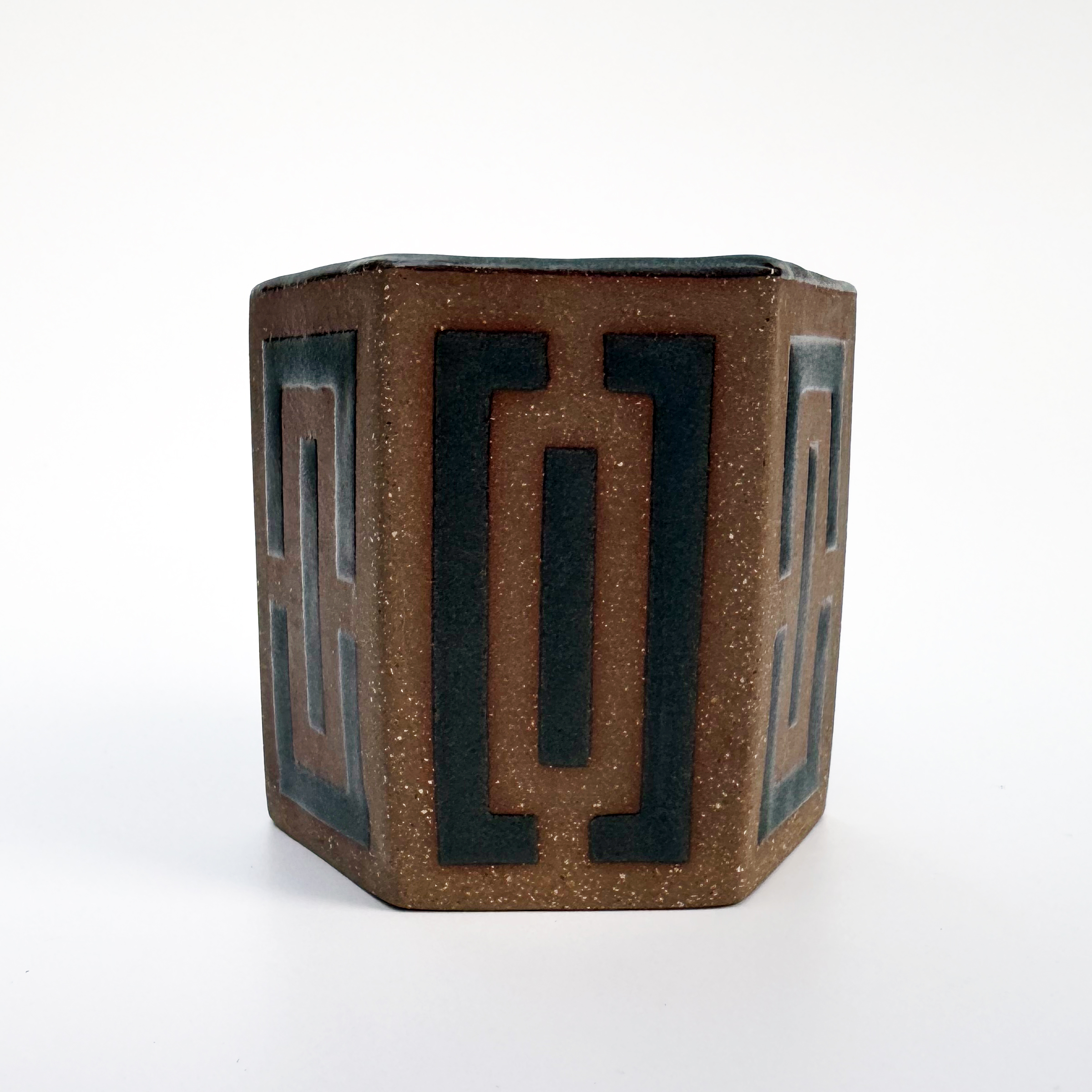
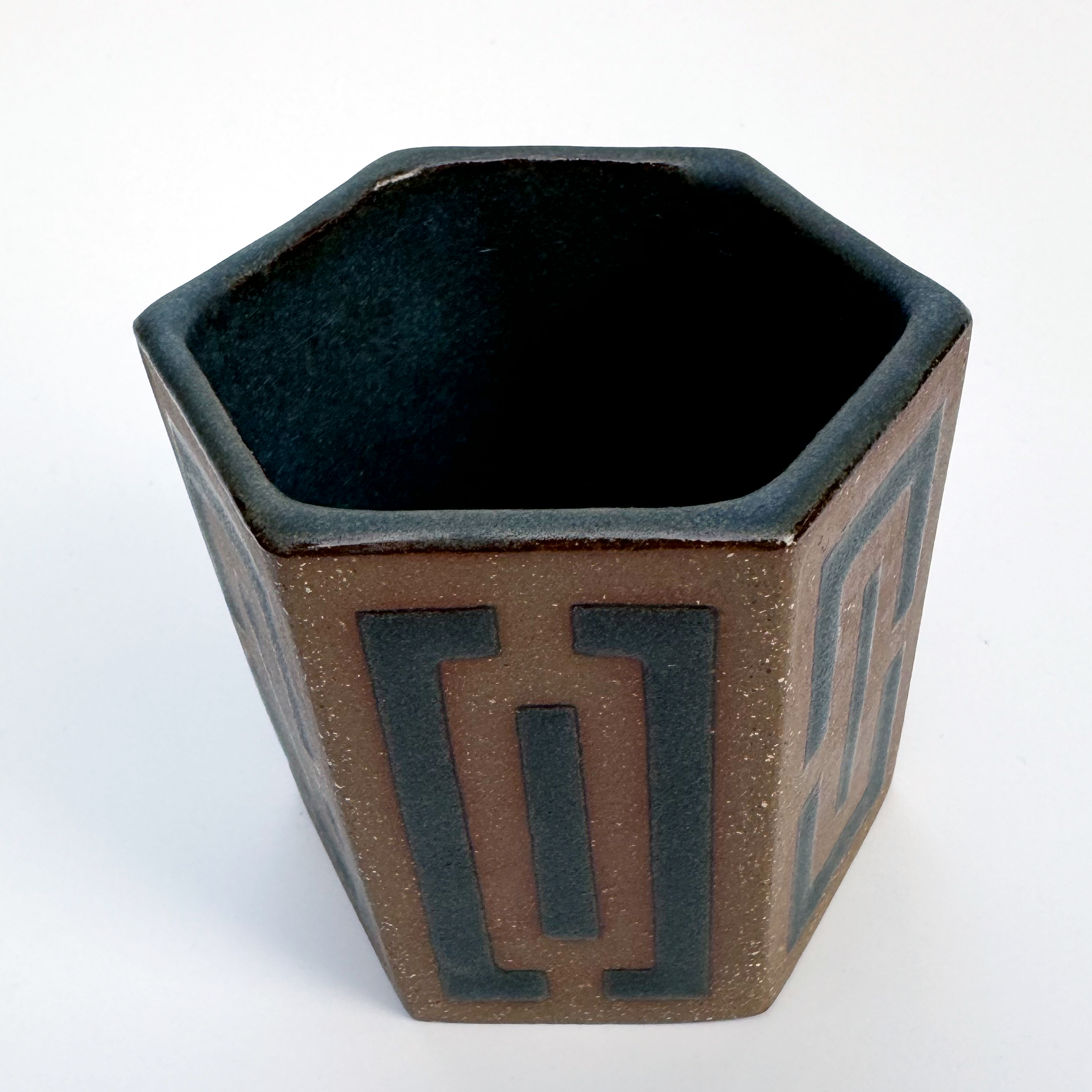
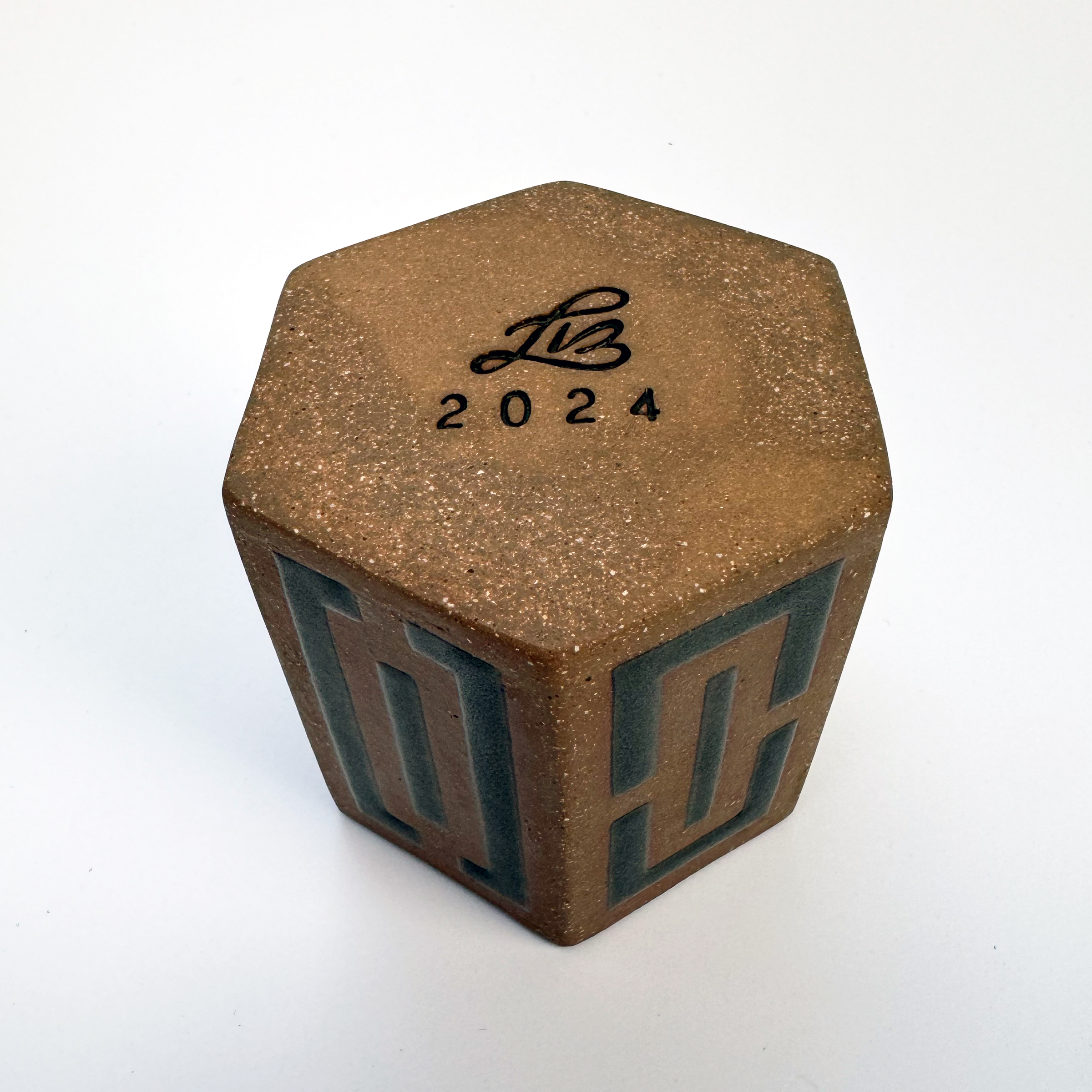
Bauhaus design / negative space / boundaries that are clear on paper
Tan stoneware clay with black speckles and light grog, slab-built, glossy yellow, glossy orange, and matte turquoise glazes
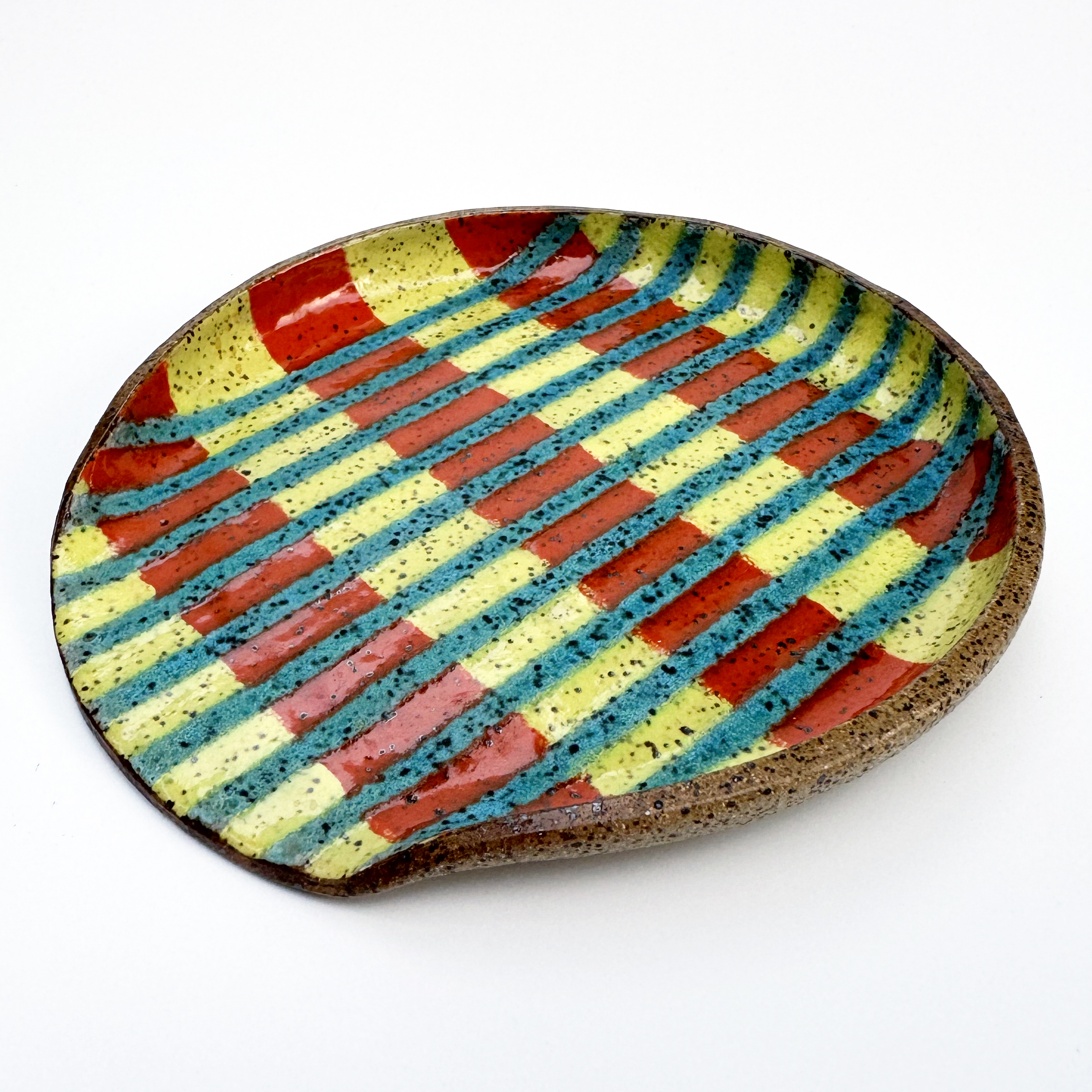



Rising sea levels / eroding beaches / between saltwater and the sea strands / melting ice caps
Reclaimed stoneware clays with black speckles and light grog, slab-built, glossy teal and white glazes
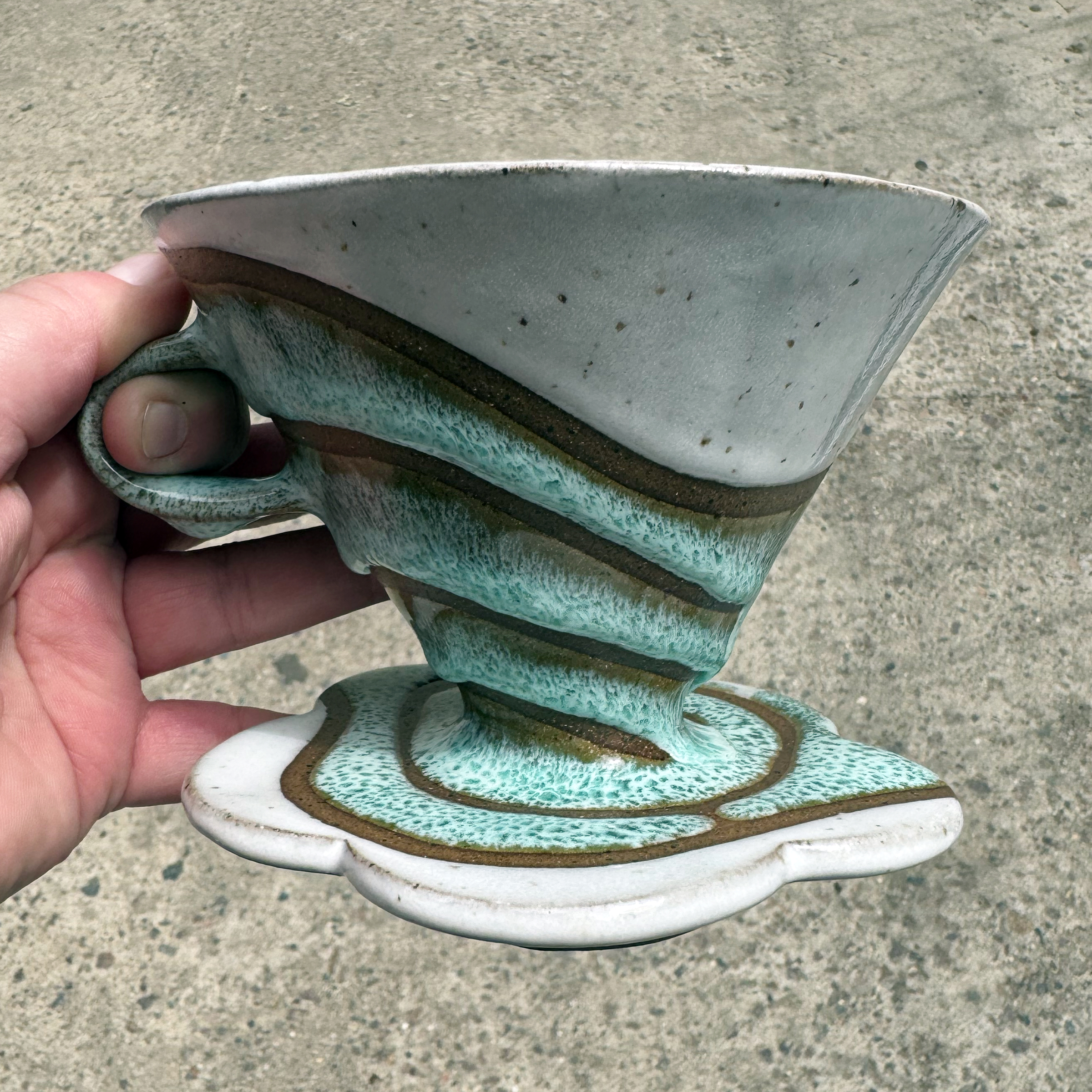
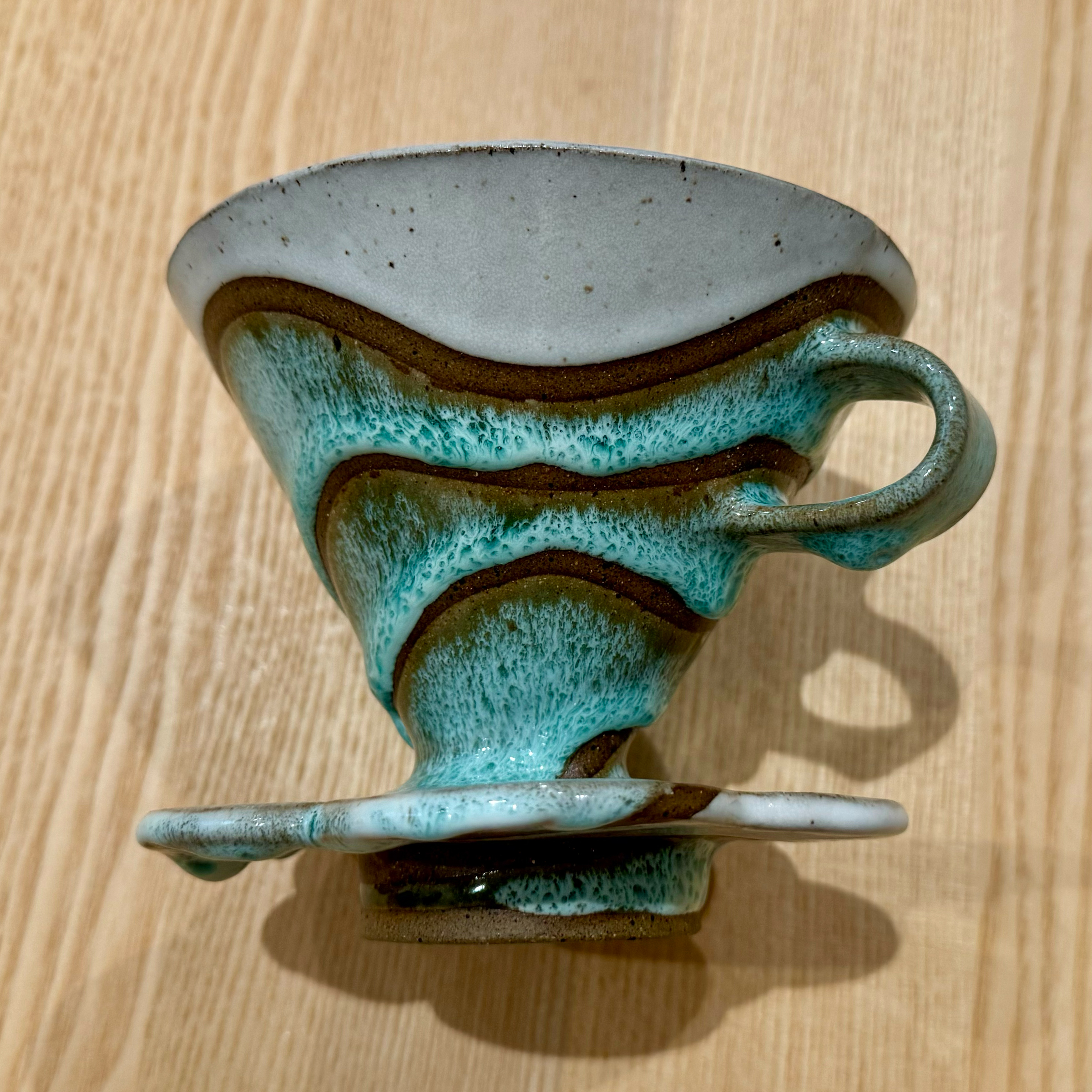
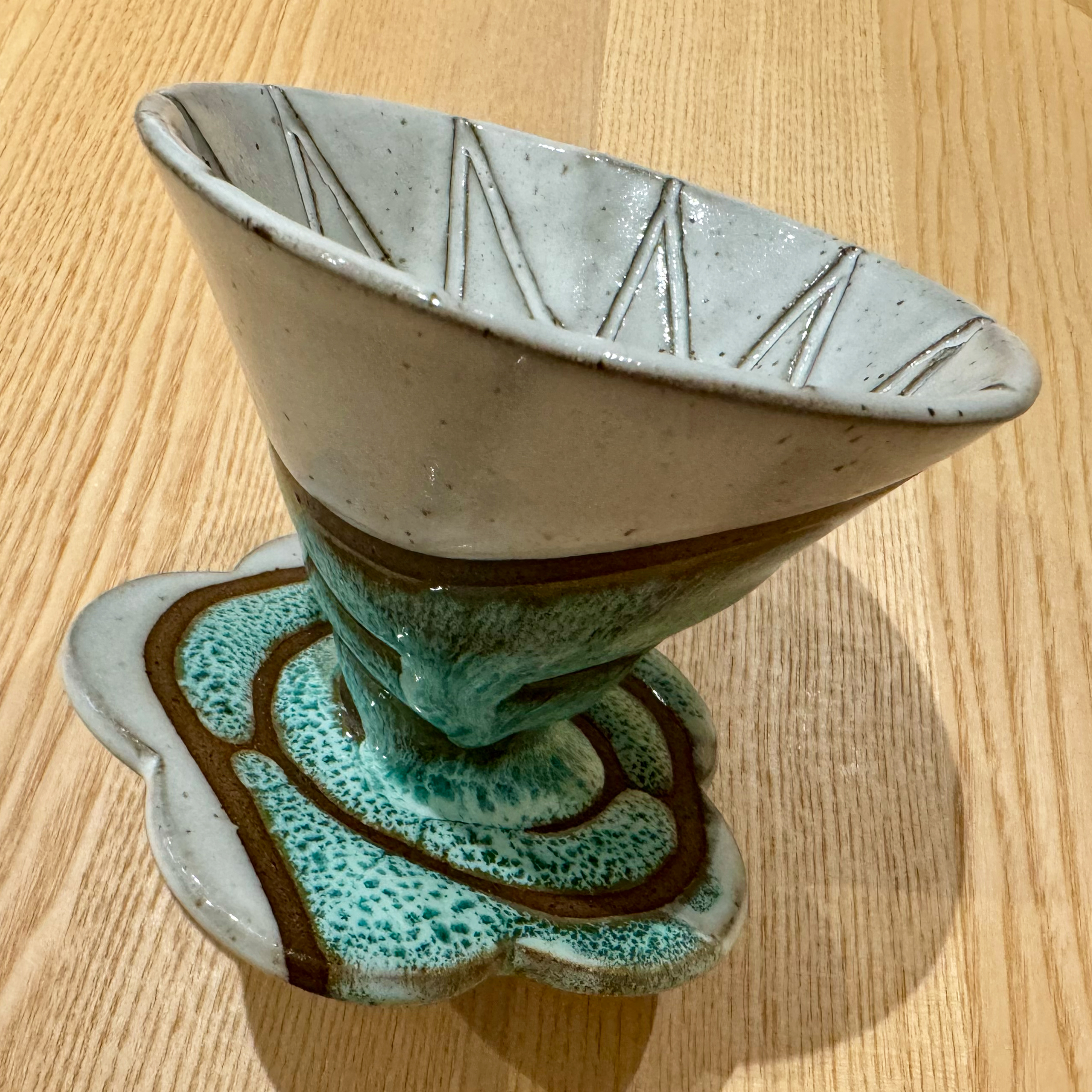
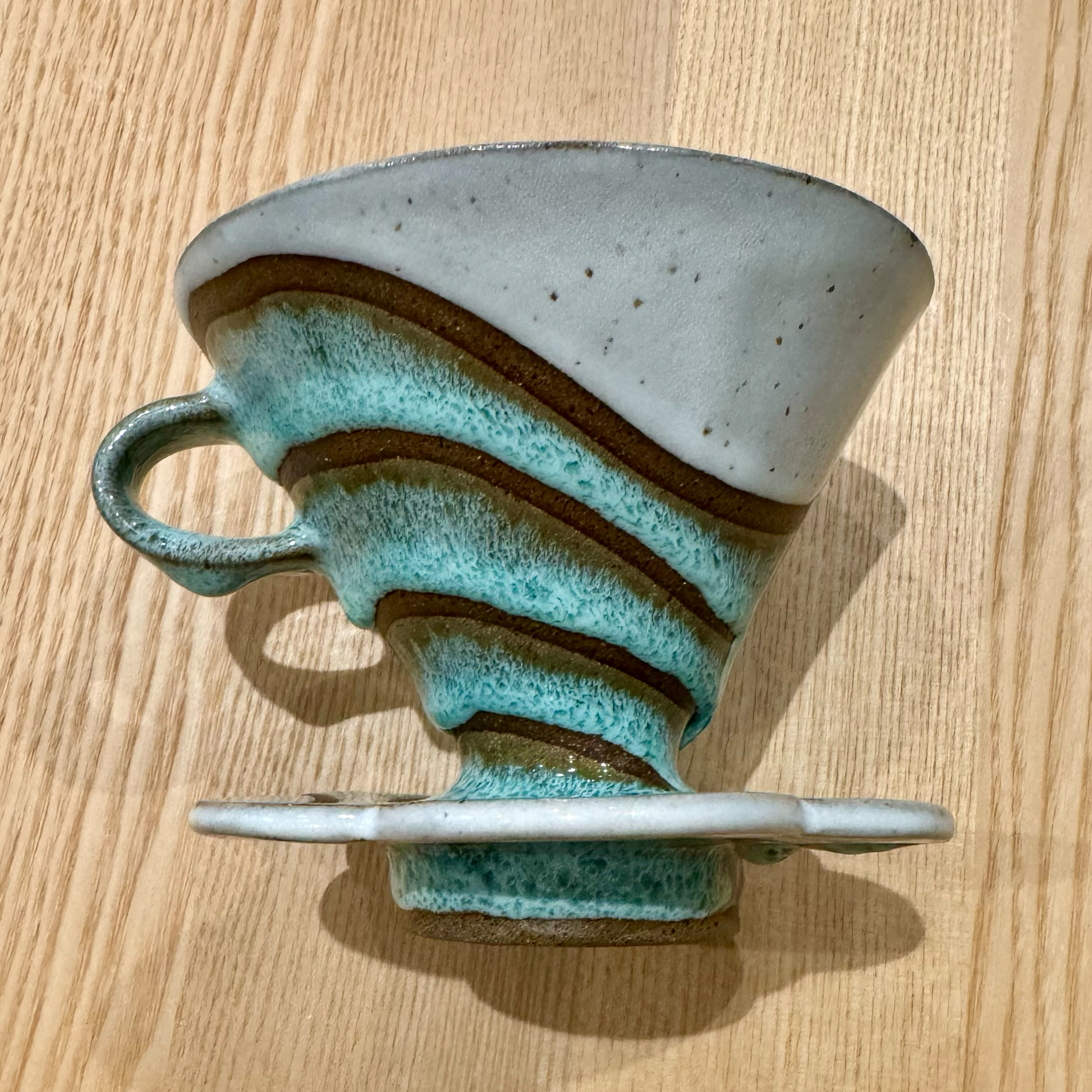
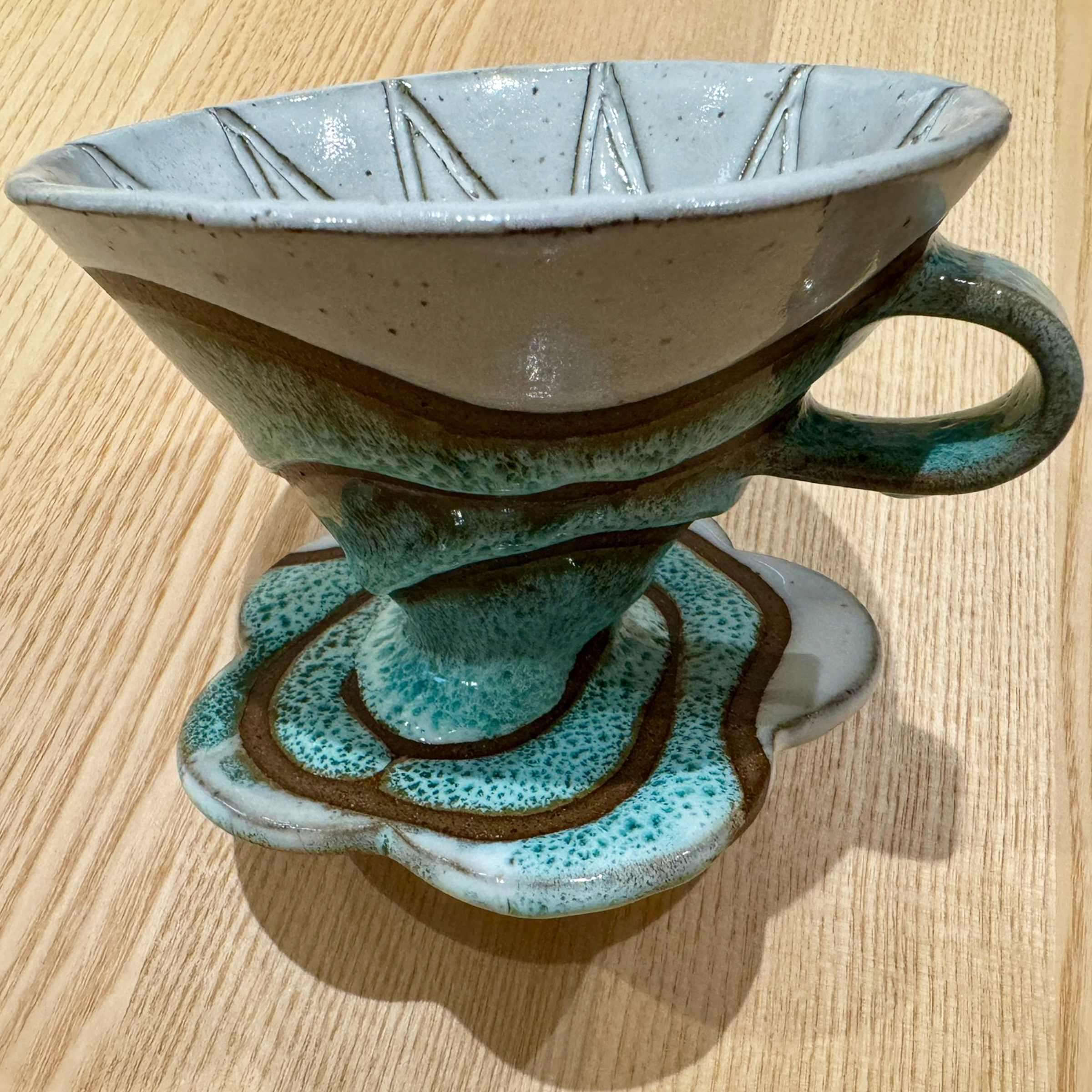
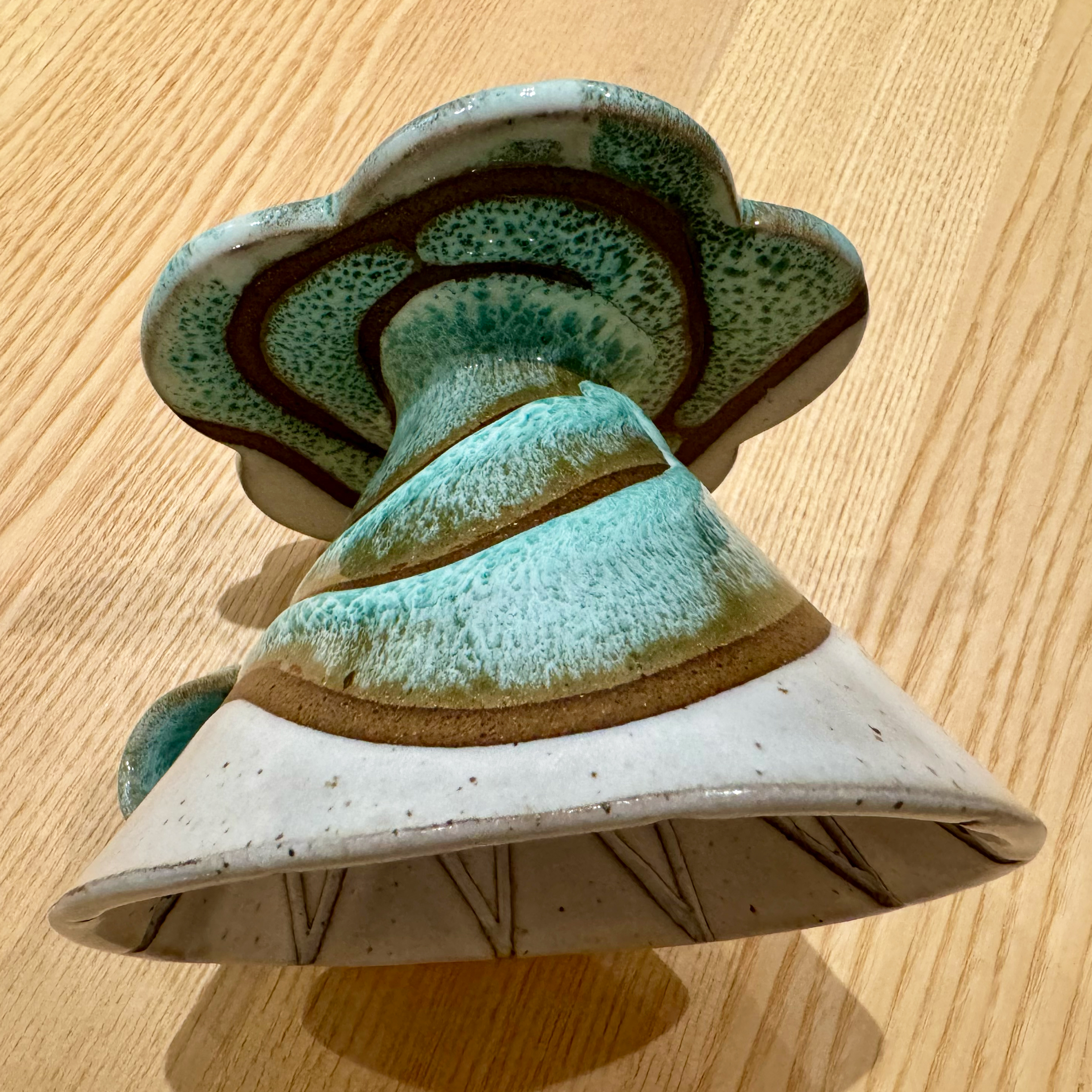
Gov. Kathy Hochul has announced an intention to "indefinitely pause" the scheduled rollout of congestion pricing on June 30.
Congestion pricing will provide $15 billion in badly-needed funding for infrastructure improvements to the subway and other MTA projects. The state legislature passed the congestion pricing law years ago, and the program is set to begin on June 30.
New Yorkers need the original congestion pricing program to fund these transit improvements. We cannot let Gridlock Governor Kathy Hochul's reckless actions burden us with decades more of congestion and bad air quality. Her proposed plan to find an alternative funding source unjustly places the cost burden on hardworking, transit-riding New Yorkers.
Head over to https://savecongestionpricing.org/ to learn more about how to call your representatives and find out more about in-person direct actions!